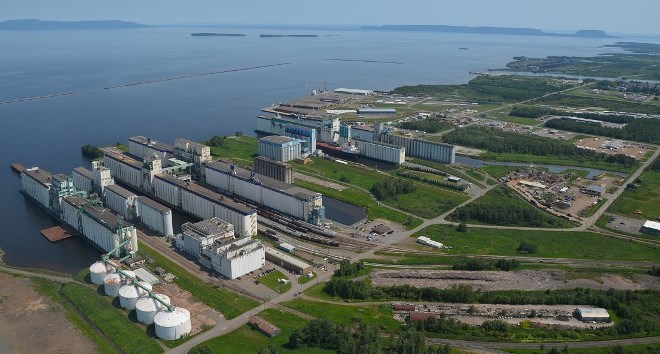Grain shipment through the Port of Thunder Bay hit a three-year low for the month of August.
A news release from the port authority indicates that grain production analysts are predicting significant reductions in production on the Canadian Prairies due to extreme heat, drought, and grasshopper damage.
This is expected to impact activity through the northwestern Ontario port during the second half of the shipping season, which is typically driven by the movement of grain.
The port handled almost 566,500 tonnes of grain during August, down from more than 782,000 tonnes moved during the same month in 2020.
Thunder Bay elevators usually load out 8 million million tonne of grain annually.
The port authority said year-to-date grain shipments are now 1 million tonnes, lower than last year’s 25-year high volume, marking a return to normal volumes.
On the flip side, Keefer Terminal handled its largest shipment to date of European steel rail. Steel imports at Keefer began six years ago, destined for the construction industry in Western Canada.
The port authority expects steel cargoes to double this year over last, a signal of strong construction demand for European steel in the West.
Bulk potash exports continue to rebound, with year-to-date volumes now above average.
The authority said in August it handled a rare inbound grain cargo was delivered to Richardson’s Current River elevator. The 12,000-million tonne shipment of wheat originated in Hamilton and is destined for Manitoba feed lots, providing cattle feed to drought- and heat-stricken farms.




